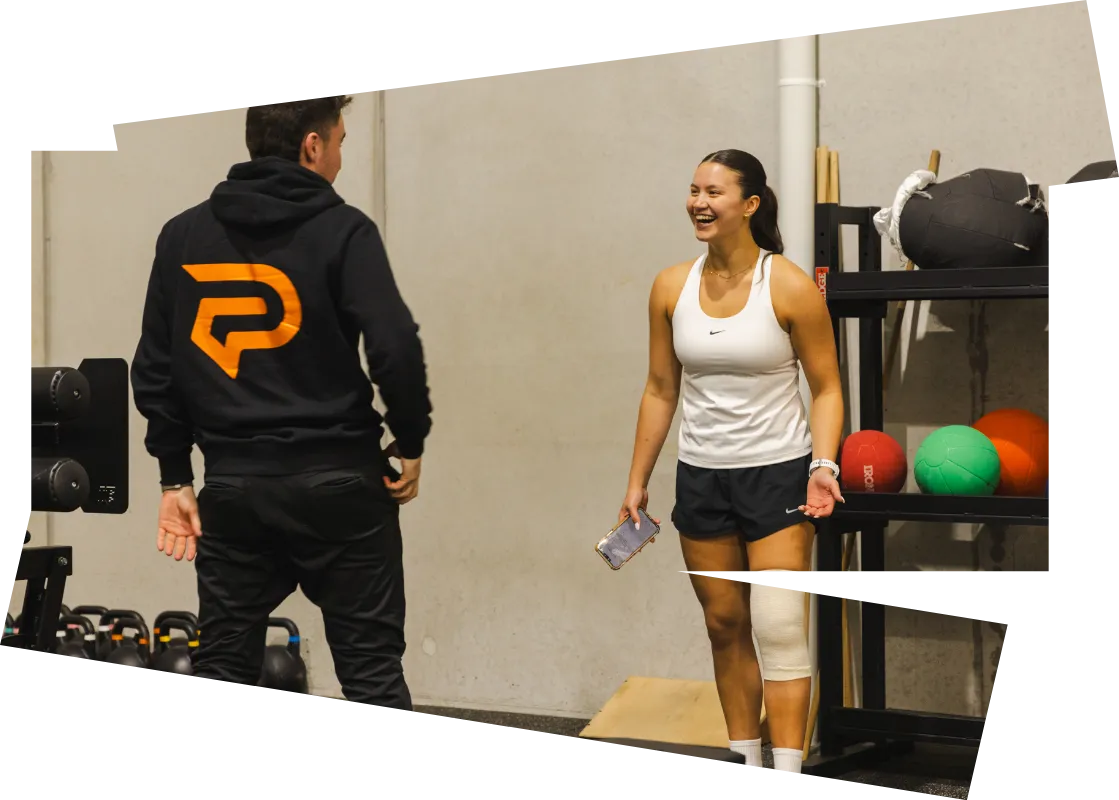Welcome To
Our Blog

ACL Reconstruction: What to Expect Before, During, and After Your Surgery
ACL Reconstruction: What to Expect Before, During, and After Your Surgery
Navigating the world of ACL reconstruction can feel overwhelming, particularly if you’re facing surgery for the first time. The anterior cruciate ligament (ACL) plays a vital role in knee stability, and recovering from an injury can be both a physical and emotional journey. In this article, we aim to demystify the entire process, offering you a comprehensive guide on what to expect before, during, and after your surgery. From the pre-operative preparations that set the stage for successful recovery to the intricate details of the surgical procedure itself, we'll break down the complexities in an accessible way. Plus, we’ll share invaluable tips to help you thrive during rehabilitation. Whether you’re an athlete eager to get back in the game or someone seeking a return to everyday activities, understanding the steps involved in ACL reconstruction will empower you to approach the journey ahead with confidence and clarity.
Understanding ACL Injuries

The anterior cruciate ligament (ACL) is one of the key ligaments that help stabilise your knee joint. It connects the thigh bone (femur) to the shin bone (tibia) and is crucial for controlling the back-and-forth motion of the knee. ACL injuries are common, especially among athletes who participate in high-demand sports like soccer, basketball, and skiing. These injuries often occur when a sudden change in direction or awkward landing places excessive stress on the knee, causing the ACL to tear. The severity of the injury can range from a mild stretch to a complete tear.
Understanding the anatomy and function of the ACL is essential for appreciating the impact of an injury. The ACL works in concert with other ligaments and structures within the knee to maintain joint stability. When the ACL is damaged, the knee can become unstable, leading to difficulties with walking, running, and other activities. This instability can also increase the risk of further knee injuries, including damage to the meniscus or articular cartilage, which can lead to long-term joint problems and arthritis.
Diagnosing an ACL injury typically involves a combination of a physical examination, patient history, and imaging studies such as MRI. During the physical exam, a doctor may perform specific tests to assess the stability of the knee and determine if the ACL is injured. Imaging studies provide detailed views of the knee's internal structures, helping to confirm the diagnosis and assess the extent of the damage. Understanding the nature of the injury is the first step toward determining the most appropriate treatment plan.
The Importance of ACL Reconstruction

ACL reconstruction is a surgical procedure designed to restore stability and function to a knee that has been compromised by an ACL injury. The importance of this surgery cannot be overstated, particularly for individuals who lead active lifestyles or engage in sports. Without reconstruction, an individual with a torn ACL may experience persistent knee instability, making it difficult to perform everyday activities and increasing the likelihood of further injury. Over time, this can lead to chronic pain and joint degeneration.
One of the main goals of ACL reconstruction is to prevent long-term damage to the knee. When the ACL is torn, the knee becomes more prone to abnormal movements that can damage other structures, such as the meniscus or the articular cartilage. These secondary injuries can accelerate the development of osteoarthritis, a degenerative joint disease that causes pain, stiffness, and reduced mobility. By reconstructing the ACL, surgeons aim to restore proper knee mechanics and reduce the risk of these debilitating complications.
Furthermore, ACL reconstruction can significantly improve the quality of life for patients. After successful surgery and rehabilitation, many individuals are able to return to their pre-injury levels of activity, whether that involves competitive sports, recreational activities, or simply enjoying a pain-free, active lifestyle. The surgery not only addresses the immediate problem of knee instability but also provides long-term benefits that can enhance physical and emotional well-being. For those who value physical activity and independence, ACL reconstruction is often a crucial step toward regaining control of their lives.
Pre-Surgery Preparations
Preparing for ACL reconstruction surgery involves several important steps that can help ensure a successful outcome. The first step is to undergo a thorough medical evaluation to confirm that you are a suitable candidate for surgery. This typically includes a physical examination, imaging studies, and discussions about your medical history and current health status. Your surgeon will assess the extent of the ACL injury, the condition of other knee structures, and any other factors that may influence the surgical plan.
Once you have been cleared for surgery, it is essential to engage in pre-operative rehabilitation, commonly referred to as "prehab." The goal of prehab is to strengthen the muscles around the knee, improve range of motion, and reduce swelling. This can help optimise the condition of the knee before surgery, making the procedure easier to perform and enhancing your post-operative recovery. Prehab exercises may include strength training, flexibility exercises, and low-impact aerobic activities such as swimming or cycling.
In addition to physical preparations, it is important to make logistical arrangements for your surgery and recovery period. This may involve coordinating transportation to and from the hospital, arranging for time off work or school, and setting up a comfortable recovery space at home. You may also need to obtain any necessary medical equipment, such as crutches, ice packs, or a knee brace. By taking care of these details in advance, you can reduce stress and focus on your recovery after surgery.
Next week, we will be providing Part 2 - What To Expect On Surgery Day
01

Athlete Performance Program
High Performance Training Throughout Your Entire Season.
02

Sports Physio
Sport Specific Injury Management & Prevention
03

Concussion Clinic
Keeping Your Brain Safe With Up To Revolutionary Concussion Care
Website & Marketing Powered By Gymini


